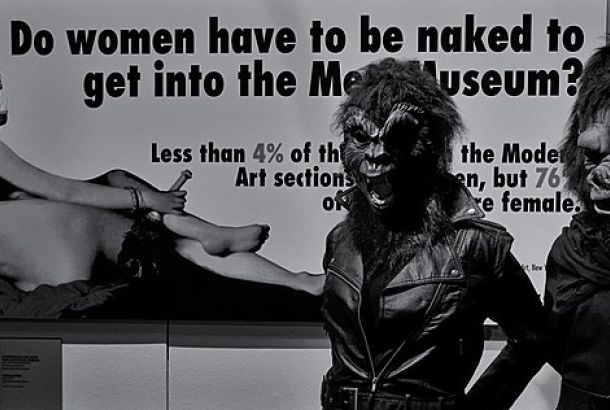Every August, thousands of people head to Scotland’s capital for an intense three week period, all united by one common interest – the theatre. This Edinburgh Fringe Festival, which is the largest of its kind in the world, has been established for over 60 years and attracts every kind of theatre aficionado, from the performer, to the designer, to the humble audience member. The festival makes a great cultural city break during the summer holidays, but that is not its only purpose. It is a great way for budding actors, designers, directors and production managers to get a taste of life within the theatre industry, and despite seeming to be professionally managed and competitive, the festival can provide a platform for anyone’s talents to be showcased.
The festival began in 1947 as eight theatre groups arrived to perform at the Edinburgh International Festival, which was created to celebrate culture in the aftermath of World War II. In 1959 the Festival Fringe Society was formed, to formalise the trend for theatrical performances at the festival. Over 60 years later, and the Edinburgh Fringe has grown to its current size. In 2009, the festival presented a total of around 2000 productions, encompassing a multiplicity of genres – theatre, comedy, dance, musicals, opera, and physical theatre to name just a few. The Fringe Society still exists, and now organises the whole event, selling tickets, publishing the programme, and offering advice to performers.
The Fringe takes over almost every possible performance venue in the city over the three week period. There is a huge variety of venues to suit all production styles and budgets. The festival makes use of purpose-built theatres such as the Traverse or the Bedlam Theatres, castles and historic buildings, lecture theatres, conference rooms, church halls, schools – the list is endless! Some venues are commercial, and others operate only for the Fringe as the city is taken over by performance. If you fancy visiting the Fringe and browsing the talent on offer, tickets can be bought online, by phone, or in the Box Office in the city centre.
There are hundreds of shows on offer at the Fringe, and every show competes for audience members. Some will be sold out, and others not so successful. However, the festival has a policy for inclusion at all times, and is proud to provide a facility for drama enthusiasts to present their work. As the Fringe website says, “We’re proud to include in our programme anyone with a story to tell and a venue willing to host them”. The Fringe Society does not monitor or edit the performance material, and it does not employ an Artistic Director; instead, the festival’s ambiance is created by the directors and performers themselves, and every year there is a different atmosphere with a different and diverse programme of events on offer. This principle ensures that anyone at all can apply to take a production to the festival. The website, www.edfringe.com, provides very thorough guides on how to produce a piece of theatre for the Fringe, and you simply have to complete an online registration form and then do the rest of the organising yourself!
The University of Manchester’s very own second-year Drama student, Anna Forsyth, decided to seize the day this year and took her very own production, The Gay Geese, to the Fringe. It is about two male, 17 year old best friends Matt and Sam whose friendship becomes slightly strained when Matt comes out as gay. The play examines Sam’s feelings and how he deals with the fact that his best friend is gay, and so is focussed on a different perspective of the ‘coming out story’. Anna directed and wrote it, and won a BBC Playtime award for the radio adaptation – a success before it even arrived at the Fringe!
To apply, Anna explained that it was a relatively simple process. “I only applied to one venue, which was C Venues. You have to fill out a huge application form and send them your script. Then they consider all the applications and make you a few offers of different spaces and prices.” Once she had completed all the administration, Anna used an experienced cast to perform her play, including professional actors from RADA and Goldsmiths, and her producer was fellow Manchester Drama student Natalie Crisp. After three weeks’ rehearsal and a sell-out preview period in London, the group took their production up to the Fringe, proving that anyone at all can perform at the Fringe with a little organisation.
Anna said of her time in Edinburgh, “It was a really enjoyable and incredibly rewarding experience to direct the production and have my work performed at such a prestigious Arts festival. It was definitely hard work, and the administration that we had to do before we even started rehearsing was a bit disheartening! I’m definitely planning on doing it again, although I’ve learnt lessons on the way. I’ll just have to write something else now!”
For more information on the Edinburgh Fringe Festival, visit www.edfringe.com







